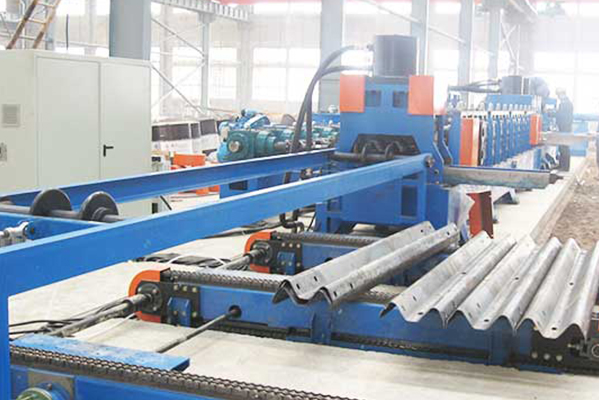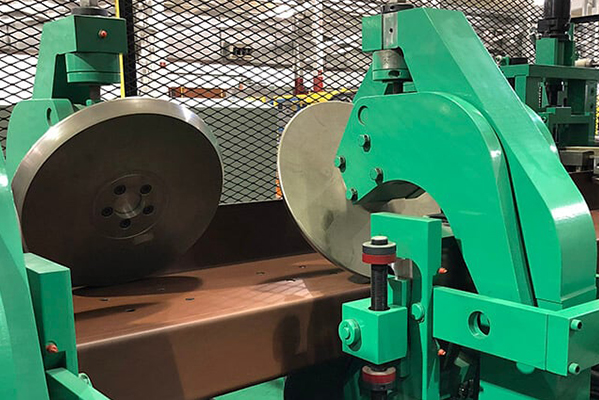Navigation Menu
Contact Us
- Email:
- info@wxavatar.com
- Address:
- Yurong Village, Yuqi Street, Huishan District, Wuxi, China.
Release Date:Apr 17, 2025 Visit:3 Source:Roll Forming Machine Factory
Steel rolling is a key manufacturing process used to shape steel into various forms such as sheets, bars, rods, and structural components. It involves passing steel through rollers to reduce thickness, improve mechanical properties, and achieve desired dimensions. The process is widely used in industries such as construction, automotive, and machinery manufacturing.

Types of Rolling Processes
There are two main types of steel rolling:
1.Hot Rolling
Steel is heated above its recrystallization temperature (typically between 1,100°C and 1,300°C) to make it more malleable.
The heated steel is passed through rollers to reduce thickness and shape it into slabs, plates, or coils.
Hot-rolled steel has a rough surface and is often used in structural applications.
2.Cold Rolling
Performed at room temperature after hot rolling to achieve tighter tolerances and smoother surfaces.
Cold-rolled steel is stronger and more precise, making it suitable for automotive panels, appliances, and precision parts.
Key Steps in the Rolling Process
1.Reheating (for Hot Rolling)
Steel slabs or billets are heated in a furnace to the required temperature for deformation.
2.Rolling Mill Operation
The steel passes through a series of rollers that progressively reduce its thickness.
Different mill configurations (e.g., tandem, reversing, or continuous mills) are used depending on the product.
3.Cooling and Coiling
After hot rolling, steel is cooled using water or air to stabilize its structure.
For sheet and strip products, the steel is coiled for storage and further processing.
4.Finishing Processes
Cold rolling may include annealing (heat treatment) to improve ductility.
Surface treatments such as galvanizing or painting may be applied for corrosion resistance.
Applications of Rolled Steel
Rolled steel products are used in:
Construction (beams, reinforcement bars)
Automotive manufacturing (body panels, chassis components)
Industrial machinery (shafts, gears)
Consumer goods (appliances, metal furniture)

Conclusion
The steel rolling process is essential for producing a wide range of steel products with varying strengths and surface finishes. By adjusting temperature, roller configurations, and finishing techniques, manufacturers can meet diverse industrial requirements. Continuous advancements in rolling technology contribute to improved product quality and efficiency in steel production.